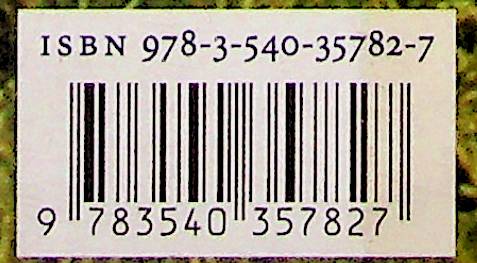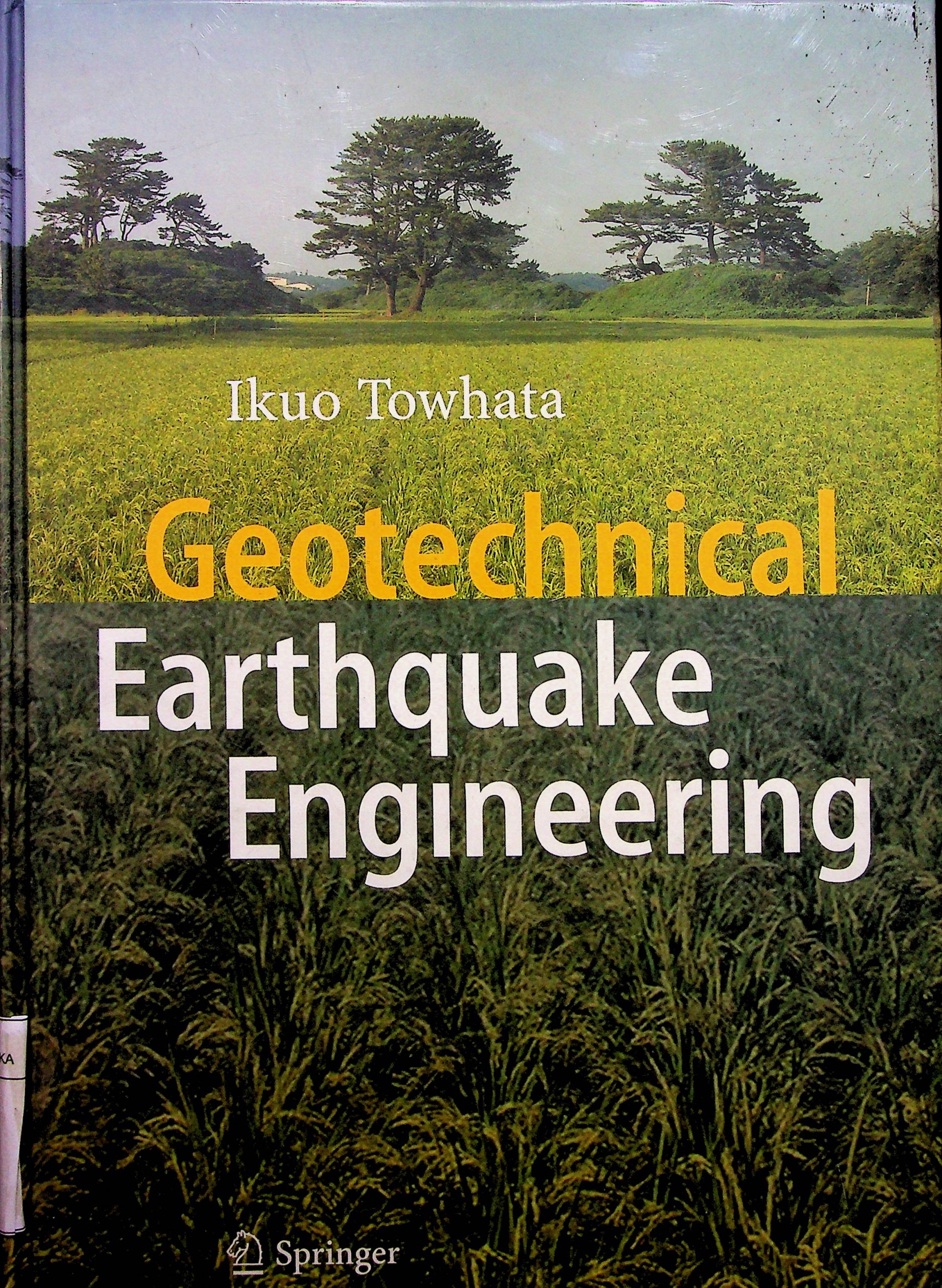This book is a product of my long-term activities in both education and research. Its publication wasmadepossible by a financial support supplied by the Ministry of Education, Culture, Sports, ScienceandTechnology. As for education, I was told for the first time in 1985 to teach soil dynamics in AsianInstitute of Technology in Bangkok, Thailand. I collected experimental and field findings from manypublications and made a small series of handouts. Since computer technologies were not well advancedin mid 80s, the handouts were products of cut-and-paste in the physical sense. Many pages were evenhandwritten. Afterwards, I started to teach the same subject in 1995 at University of Tokyo. Since then Ihave added more information from field investigation and laboratory tests as well as analyses. It hasbecome possible to put all in an electronic media that makes teaching easier. Readers can find that thisbook includes Japanese writing among English text. This is because I use this text for teaching in Tokyo.The main aim of this book is a collection of data which is useful in understanding the state-of-artechnology and its application to new topics. Understanding the fundamental issues is important becauspractice makes use of many assumptions, hypotheses, and way of thinking It has been my policy to show reasons why practice employs those ideas by showing experimental and field backgrounds. Thisidea does not change even today. One major problem in this book is the enormous amount of information. For very young readers whohave just started geotechnical engineering and soil mechanics, it is more important to get the overallscope than learning details. The total number of pages and contents in this book may prevent theirefforts. In this regard, I decided to classify the contents into three categories; elementary, advanced, andmiscellaneous. Readers can pick up only pages of their interest in place of reading from the first page tothe last. The miscellaneous content is not necessarily less important; sometimes many interesting topicsare therein found. It is recommendable therefore that young readers take a quick look at those pages aswell. On the other hand, it is not expected for readers to start reading from the first page and continue tillthe last.I do hope that information in this book will help readers develop their knowledge and career in thdiscipline of geotechnical engineering. Certainly the contents of this book miss many important issue. Iam going to show additions and modifications in my home page. Readers are advised to visitoccasionally the site of Geotechnical Engineering Laboratory, Department of Civil Engineering,University of Tokyo (URL : http://geotle.Lu-tokyo.ac.jp).
5
Geotechnical Earthquake Engineering
Ikuo Towhata
Penerbit :
Springer-Ver lag Berlin Heidelberg
Tahun :
2008
Buku Text
Earthquake
-
No Scan121
-
No Klasifikasi624.176 2
-
ISBN978-3-540-35782-7
-
ISSN-
-
No Registrasi014A/VI/2009
-
Lokasi Terbit-
-
Jumlah Hal53
-
Label624.176 2 Tow g
-
Versi DigitalYA
-
Versi FisikYA
-
Lokasi Rak Buku Fisik02/B/08
-
Jumlah Exemplar Fisik Tersedia1






